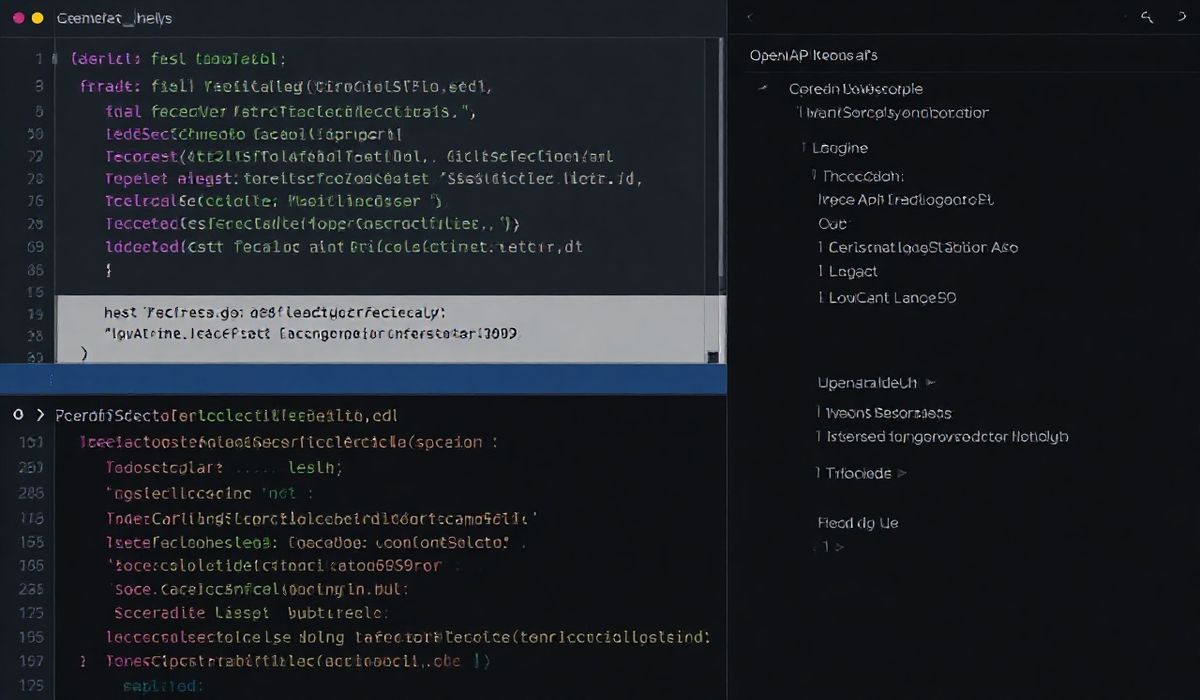Introduction to Connexion
Connexion is a powerful Python framework that simplifies the process of building RESTful APIs. It uses OpenAPI specifications to define the API endpoints, parameters, and responses, ensuring a structured and standardized approach to API development. By leveraging Connexion, developers can focus on implementing business logic while leaving the tedious parts of API handling to the framework. Let’s dive into exploring Connexion starting with its features, API examples, and a practical app implementation.
Key Features of Connexion
- OpenAPI-based endpoint definitions for a standardized structure.
- Automatic validation of input parameters and payloads.
- Built-in support for Swagger UI for testing and documentation.
- Seamless integration with popular Python web frameworks.
Getting Started with Connexion
To start working with Connexion, you need to install it. Run the following command to install the package:
pip install connexion
Example 1: A Basic API
Let’s define a simple API endpoint that returns a message:
OpenAPI Specification (openapi.yaml):
openapi: "3.0.0"
info:
title: Simple API
version: "1.0.0"
paths:
/hello:
get:
summary: Returns a welcome message.
responses:
200:
description: A greeting message.
content:
application/json:
schema:
type: object
properties:
message:
type: string
Python Code to Implement the API:
from flask import jsonify
def hello_world():
return jsonify({"message": "Hello, World!"})
import connexion
app = connexion.App(__name__, specification_dir="./")
app.add_api("openapi.yaml")
if __name__ == "__main__":
app.run(port=5000)
Example 2: Parameterized API
Create an API to greet users by their name:
OpenAPI Specification:
paths:
/greet/{name}:
get:
summary: Returns a personalized greeting.
parameters:
- in: path
name: name
required: true
schema:
type: string
responses:
200:
description: A personalized message.
content:
application/json:
schema:
type: object
properties:
message:
type: string
Python Implementation:
def greet_user(name):
return jsonify({"message": f"Hello, {name}!"})
Example 3: POST Method Handling
Let’s create an API to calculate the sum of two numbers sent via a POST request.
OpenAPI Specification:
paths:
/add:
post:
summary: Adds two numbers.
requestBody:
content:
application/json:
schema:
type: object
properties:
num1:
type: integer
num2:
type: integer
required:
- num1
- num2
responses:
200:
description: Sum of the numbers.
content:
application/json:
schema:
type: object
properties:
sum:
type: integer
Python Implementation:
def add_numbers(body):
num1 = body.get("num1")
num2 = body.get("num2")
return jsonify({"sum": num1 + num2})
Building a Practical Application
Now, let’s combine these examples to build a complete API application:
import connexion
def hello_world():
return {"message": "Hello, World!"}
def greet_user(name):
return {"message": f"Hello, {name}!"}
def add_numbers(body):
num1 = body.get("num1")
num2 = body.get("num2")
return {"sum": num1 + num2}
app = connexion.App(__name__, specification_dir="./")
app.add_api("openapi.yaml")
if __name__ == "__main__":
app.run(port=5000)
Create an openapi.yaml file with specifications for all the above endpoints. Run the application and access the APIs via http://127.0.0.1:5000.
Conclusion
Connexion is an excellent choice for Python developers looking to build standardized and well-documented APIs quickly. With its OpenAPI-centered approach, developers can focus on writing robust application logic while the framework handles API structure and validation. Try it out and experience the ease of API development!




